Influencer marketing is a type of word-of-mouth marketing that outsources your marketing campaign among one or several influential figures to spread the word about your brand or product. So instead of marketing directly to a large group of consumers, you hire influential figures, aptly named influencers, to get the word out.
Key performance indicators (KPIs) are a valuable tool when it comes to measuring your influencer’s impact as well as the success of your influencer marketing campaign as a whole. But in order to get the most out of using KPIs for your influencer marketing campaign, you have to first understand what KPIs are and how to successfully apply them to your strategy.
What are KPIs and why should you track them?
As mentioned before, KPI stands for Key Performance Indicator. What does it mean?
Pretty much exactly what you’d think. KPIs are measurements used to evaluate and hopefully increase the success of a marketing campaign. If used correctly, KPIs can be a critical tool for tracking the progress you’re making towards your goal.
With the help of various KPIs, you can make operational improvement to your campaign strategy, create a quantifiable foundation for making future decisions, and hone in on what matters most within your influencer marketing campaign.
Different types of KPIs
Quantitative KPIs are measurable characteristics. A quantitative key performance indicator can really be anything that’s measurable using numbers. This is the most common type of KPI and likely covers a majority of the performance indicators you’re interested in tracking.
Your indicators will depend on your influencer marketing campaign strategy, but common examples include the number of sales or conversions, leads, resources, and time.
Leading and lagging KPIs are the most important quantitative KPIs to track for your influencer marketing campaign.
- Leading KPIs are predictive measures used to anticipate the future changes that will occur once your campaign begins to follow its new pattern or trend. They’re used to predict the outcome or success of your influencer marketing campaign. Examples of leading KPIs include referral traffic (new visitors, referral sources, views, and time on site) and conversions (unique website views, clicks…etc.).
These are at the top of our list for quantitative indicators because, as they are a predictive measure, you should be crunching numbers for this one long before you launch your campaign. The results will give you measurable goals to strive for and they could change the direction you choose to take with your influencer marketing campaign before it even begins. - Lagging KPIs are the real results. These are your quantitative indicators that measure the actual performance of your campaign. For each one of your leading KPIs, you should have a corresponding lagging KPI for the purpose of comparison. This will help you to create more accurate leading KPIs for future campaign strategy. In addition to your leading KPIs’ counterparts, at the conclusion of your campaign, you should include your return on investment (ROI) in your list of lagging KPIs to track.
Qualitative KPIs make up the remaining types of performance indicators that cannot be measured or represented as a number. These description-based identifiers often take the form of one’s opinion or various characteristics of your influencer marketing campaign.
How do you measure non-numerical information? The most common method is by converting qualitative feedback into quantitative data through the use of influencer or customer satisfaction surveys. Those polled are encouraged to respond on a numbers-based scale, giving you workable quantitative data that represents those qualitative factors you’re looking for.
Wondering what customers and viewers think of your influencer marketing campaign? You’re probably thinking there’s no way that’s measurable. Think again! You can gain valuable insight into the public opinion of your brand and your campaign by tracking qualitative KPIs like impressions and new versus returning visitors.
- New and returning visitors allow you to measure two things at once: brand awareness and brand loyalty. This data is up for grabs through your social media account analytics as well as your influencer’s personal accounts. Tracking this data across various platforms like blog posts, social media posts, videos, and other content that you’ve chosen to include in your campaign will give you an idea of how your content is performing in front of various audiences.
New visitors and referral data can tell you who’s heard about you and decided to check you out, while return visitors give you an idea of who’s close to converting, whether that’s signing up for a newsletter, hitting subscribe, or adding to their cart.
Sound overwhelming? Don’t sweat it. We’ll give you some successful influencer marketing examples to inspire you at the end. First, we have to tell you how brands working with influencers prioritize and successfully use KPIs to optimize their results.
Prioritizing KPIs
So, you’ve established your leading KPIs and your goals are clear. You’ve found and briefed your influencer(s) on the mission and you’re ready to launch your marketing campaign.
Not so fast!
Getting started means getting organized. We’ve given you the why and how, now it’s time to address the when and where. Here are 7 KPIs you should be keeping an eye on and when to take action during your campaign.
1. Reach
It seems obvious, but every day a marketing campaign falls on its face as soon as it leaves the strategy meeting because nobody thought about audience. That’s one of the built-in benefits of influencer marketing and one of the reasons it’s become so popular. But just because your influencer comes with an audience doesn’t mean you can skip out on the research.
That’s why reach and brand awareness are at the top of our KPI to-do list. Determining your leading KPIs and predicting the reach of your campaign are hugely important first steps. These should be taken long before you launch the campaign when searching for the right influencer and considering the best social media influencer campaign ideas.
One way to do this is to find out your influencer’s reach and engagement (likes, shares, comments) on personal posts and compare it against their success with other brands they’ve partnered with, if any. This will give you an idea of how your campaign will go and help you to generate valuable goals and benchmarks for tracking success along the way.
Tracking your social media growth is really pretty easy when it comes to quantitative KPIs to measure. You can use the platform’s analytical features to track the number of likes and followers your content receives before your influencer comes on board.
It’s important that you also track this data throughout the duration of your campaign and after. If the goal is audience growth, you’ll want to know how many of your influencers’ fans stick around for your content after the conclusion of your campaign. This could involve some manual tracking on your end, but it’s worth it.
2. Engagement
Influencer marketing has seen some impressive growth over the past few years. According to a recent study published by Linquia, 66% of marketers surveyed ran three or more influencer marketing campaigns in 2018 and 42% developed an “always-on” strategy for 2019.
Digital marketing budgets are also on the rise.
Of marketers surveyed in 2018, 39% said they planned to increase their influencer marketing budget in 2019.
Get this: of those surveyed 89% said that engagement was the number one metric they tracked to determine the success of their campaign.
So how do you track engagement?
Easy: website and social media traffic. Website traffic is the influencer marketing KPI best equipped to help you determine the success of your campaign.
The best part?
It’s also super easy. You can use basic tools like Google Analytics and set it up to track desired metrics for the duration of your influencer marketing efforts, as well as before and after.
Website metrics you should include in your analytics research:
- New Visitors: People who are visiting your page for the first time. This can help you track your brand awareness and reach.
- Sessions: The total of sessions that are recorded on the site for the specified date range. A session is defined by Google Analytics as the time between a visitor arrives and leaves your site. You can also track what the visitor does during that session, giving you a good idea of what your visitors, whether new or returning, are looking for.
- Total Pageviews: How many pages your site visitors view per session. This is a great way to find out where your visitors are spending most of their time. If you have a page that needs some love, you can address this by changing up your calls to action or referral links on your influencer content.
- Referral Visits: Are your influencers driving traffic to your site? Which ones? Where are they coming from? Email? Social Media? This is an invaluable metric when it comes to determining the success of your influencers’ marketing campaign.
Social media metrics you should include in your analytics research:
- Clicks: Post interactions like clicks are a great way to figure out how many people are interested. Once you’ve established your reach, it’s time to focus on building a loyal base. If viewers are clicking and not just scrolling past, it means they’re interested. Use this information to your advantage and steer your social influencers in their direction.
- Likes: Likes are positives reviews in their simplest form. Think about it: let’s say you’re considering a meal kit delivery service to accommodate your busy lifestyle. You notice one day that one of the meal delivery services you’ve been researching has five likes from some of your closest Facebook friends. Which meal kit delivery service are you going to choose? It’s free referral marketing! In cases like the one mentioned above, even one like could be enough to sway a decision. If you can get likes, the views, clicks, shares, and mentions are soon to follow.
- Comments and Mentions: These are great for farming qualitative data. If your content is performing really well, you may not have time to sift through every comment and determine the crowd reaction, but even a random sampling can give you an idea. Mentions stick a flag in the ground wherever your content turns up, allowing you to figure out who is talking about your brand and why.
- Shares: Shares are like mini-influencers. If people find your content interesting and it reflects their own ideas, preferences, or opinions, they’ll share it. Shares have exponential value and they’re the reason those viral videos you love have tens of millions of views. How would you like your brand’s video to appear in one of those threads?
3. Conversions
Conversion is a term that gets beaten to death in digital marketing, but what is it really? In its simplest form, a conversion is what takes place whenever a website visitor or social media viewer does what you want them to do.
So…wait a minute. By that definition, anything ranging from a view to a sale could be classified as a conversion? Yep! Whatever metric you’re tracking, the number of those you’re catching over those you’re chasing is your conversion rate. Naturally, you want your conversion rate to be as high as possible.
How can influencer marketing—and more importantly—how can tracking the right KPIs for your influencer marketing campaign help you increase your conversion rate?
Identifying the marketing channels and influencers that are generating the most leads for your business is critical. But identifying them isn’t enough. If you’re reacting to negative results, you’re too late. The best influencer campaigns are closely monitored for opportunities for growth. Look for patterns and trends in the metrics listed above and make moves. Manipulate your influencer campaign to produce content that’s catered to the channels that giving back and ditch the content that’s getting ignored. A successful marketing campaign is a science experiment at heart. Control your variables to control your success.
4. Customers
Once you’ve made a conversion, it’s tempting to think the hard work is behind you. That couldn’t be further from the truth. While you have been working for months to get your product into that person’s hands, that name on your subscription list, or that newsletter in that inbox, this is that customer’s first true interaction with your brand. You never get a second chance at a first impression so don’t blow it!
With all of this talk of number crunching, data, and metrics, surely you’re wondering when those qualitative KPIs would be entering the discussion. Well, this stage of your campaign is a great opportunity for you to put them to work.
What is an influencer if not a loyal customer with a large following? If you include customers in your influencer marketing campaign, you’re adding influencers and growing your reach exponentially. Read and respond to comments on social media. Address complaints in the reviews section quickly and carefully and don’t hesitate to make the necessary adjustments, either to your campaign or to directly to the item you’re marketing.
5. ROI
Return on Investment: the key to running a successful business. You’d think calculating ROI would be a simple matter of addition and subtraction, but 59% of marketers surveyed in the Linquia study mentioned above agree that determining ROI is the top influencer marketing challenge of 2019.
Here are a few things to help you measure ROI:
Establish a definitive budget and stick to that amount. Starting with a universally-accepted chunk of cash is the best way to start your campaign.
Research your influencer and negotiate their worth. Then set up an organized and trackable reward system or other means of compensation.
Set attainable goals and reward checkpoints. If you have your influencer chasing a carrot, it’s not going to be a beneficial relationship and it could result in you sacrificing assets that weren’t a part of your original plan. Set goals early and make sure everyone is on board.
Count everything. Record every expense and make sure you set up your finances in a way that makes it as easy as possible to compare benefits versus costs. Every penny counts and small even the smallest expenses can add up quickly.
Wildly Successful Influencer Marketing Campaign Examples
Looking for some inspiration? Here are some of the most talked-about influencer marketing campaigns of the past few years.
Starbucks #ExtraShotOfPride Campaign began as a grassroots social media effort to share personal stories of members of the LGBTQ community. They collaborated with Lady Gaga and her Born This Way Foundation, which she founded with her mother, Cynthia Germanotta. The foundation aims to inspire youth and build kinder communities. Starbucks matched donations to the Born This Way Foundation up to $250,000.
Lyft’s “Undercover Lyft” Youtube series has featured popular celebrities like Chance the Rapper, Shaquille O’Neal, and Rob Gronkowski. It launched in 2016 and is still going today. Relatable and hilarious, it didn’t take long for these videos to get shared and show up in your social media news feeds. Lyft constantly taps both celebrity influencers without forgetting about more traditional influencers, who help to project messages of inclusion and equality, reminiscent of the ever popular Humans of New York photoblog.
Coca-Cola’s #ThisOnesFor Instagram Campaign put 6 macro-influencers (more than 100,000 followers) and 8 micro-influencers (less than 100,000 followers) to work telling stories about who they share their Coke with. This campaign was wildly diverse, featuring everything from sponsored giveaways to viral trick-shot videos. This should come as no surprise however, as Coca-Cola is no stranger to influencer marketing.
Conclusion
No matter how gorgeous your curated content is on Instagram, or how many tuned in to your Facebook Live session, at the end of the day it all comes down to one question: was it worth it? The numbers show that influencer marketing can help you achieve wild success, but what if the answer to this question is no?
Don’t. Give. Up.
Companies are redirecting marketing funds into influencer campaign budgets. New campaigns are taking off every day. Use what you learned along the way to conceive an influencer marketing campaign strategy this world has never seen. If you’ve tracked the right KPIs along the way, you stand to learn a lot.

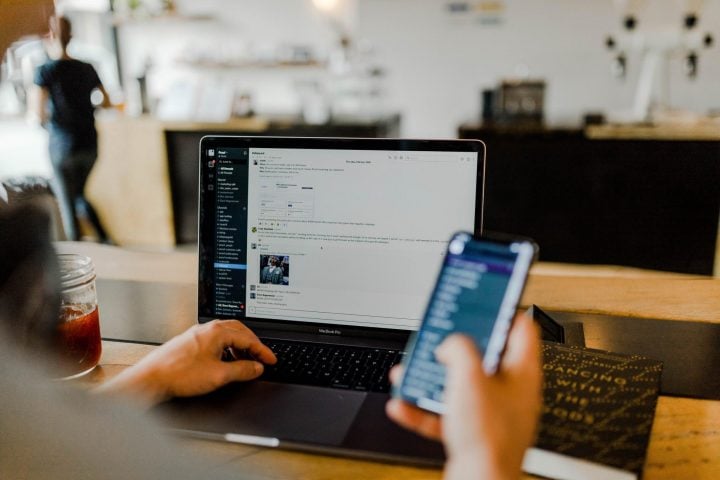
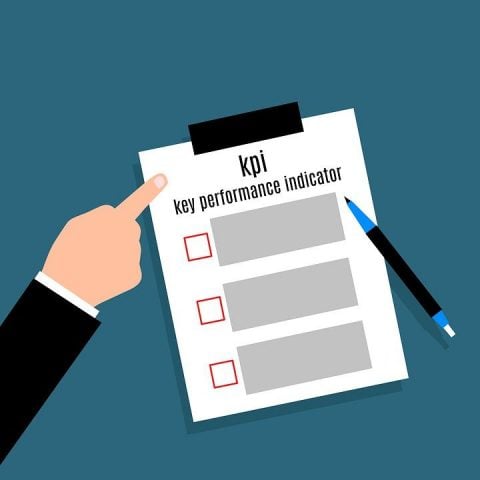
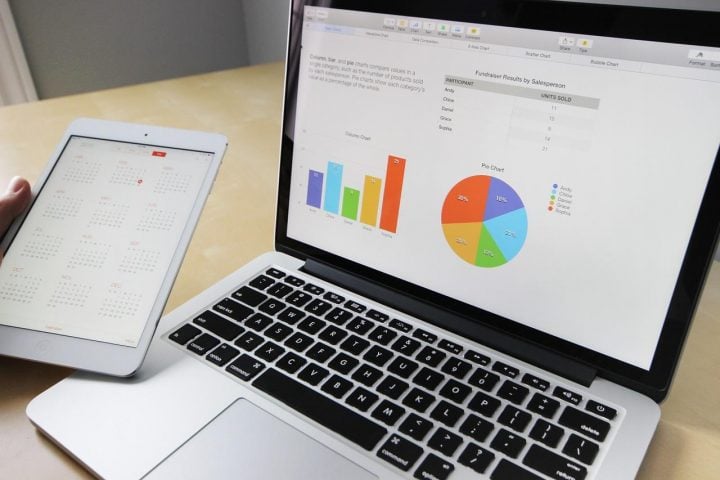
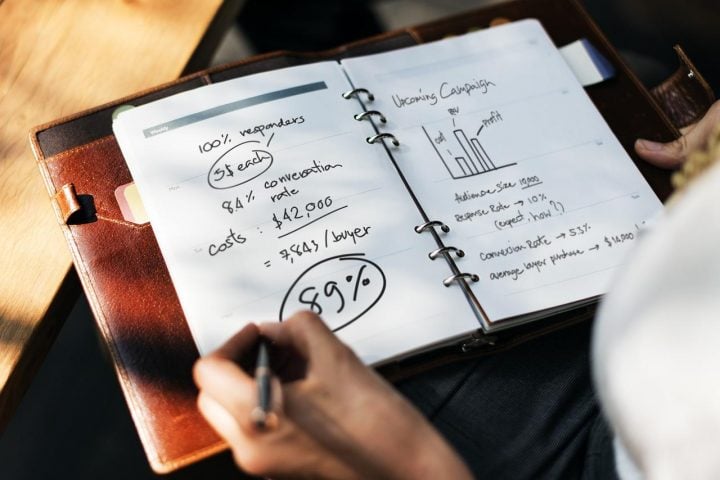
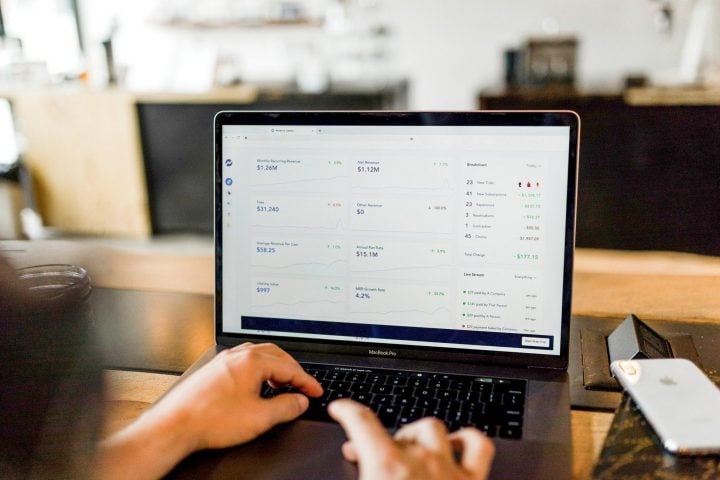
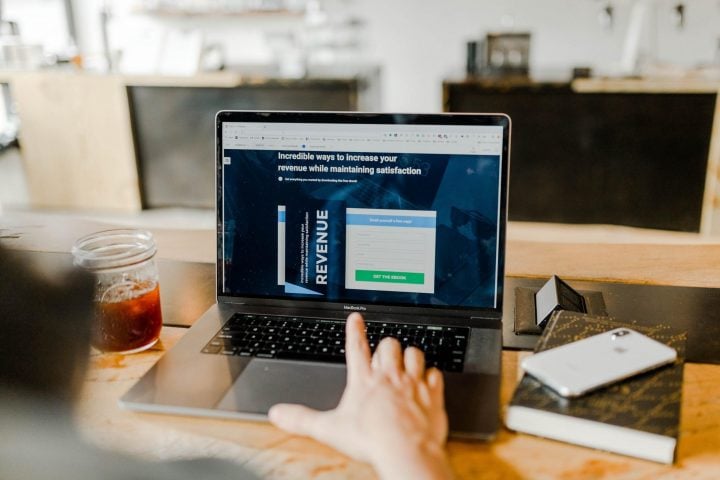
Hello,
This article was useful to me in terms of introducing new terms (Leading and Lagging KPIs) while pursuing my course on Influencer Marketing.
Thanks.
I’m glad you found it helpful. KPI’s are often talked about, but not in this way. BTW, what course are you taking on influencer marketing?